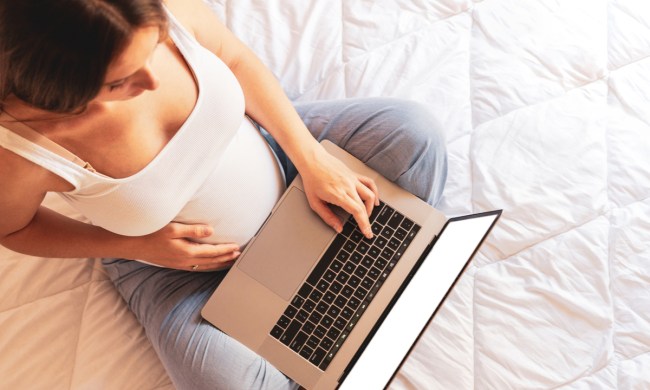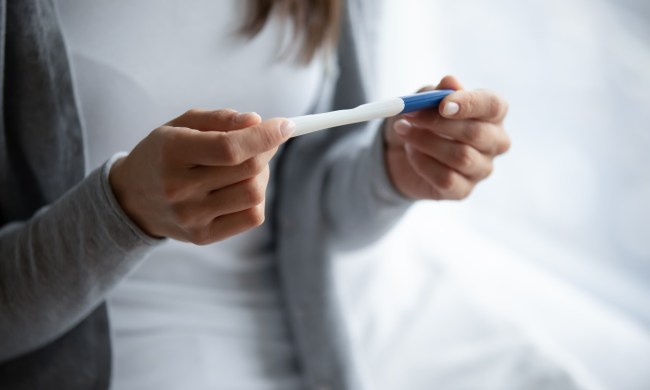You’ve probably read about many methods of tracking your most (or least) fertile times of the month. And with so much information and calculating, it’s a wonder that the process doesn’t become rather confusing. However, you can try using a bbt temperature calculator to track your cycle, predict patterns, and to maintain an ongoing record of all this data. Find out more about how to use these apps and/or devices that are designed to calculate your basal body temperature and record your cycle.
What is a bbt temperature calculator?
Basal body temperature or bbt calculators differ from one device or app to the next. However, they have one main function in common, which is to track your ovulation cycle in order to detect your most fertile days. They can also help with keeping tabs on your menstrual cycle. Most products have access to an app that you download to your smartphone or iPhone that saves your information about basal body temperature, frequency of sexual relations (to give an estimated probability of pregnancy occurring), and menstrual cycle.

How does a bbt calculator work?
First, you will need to get a special thermometer that measures basal body temperature. You take your temperature first thing in the morning, taking note of when it climbs slightly, which signals that ovulation is occurring. Normally, without a bbt temperature calculator, you would record your temperature on a calendar or a chart in order to figure out the pattern of your cycle. However, now you can incorporate the latest technology to calculate the pattern based on algorithms from the data that you input into the app. Plus, the app keeps a record of your data and displays your cycle in the form of a diagram.
One option is simply called the Basal Body Temperature Calculator which is actually an app that’s specifically programmed for the iPhone. As described in the App Store, its purpose is to help with the tracking and recording of your basal body temperature on a daily basis with the goal of accurately predicting your ovulation cycle. Basically, you measure and input your basal body temperature right after waking up in the morning. You can also enter information about your health such as:
- whether or not you have a fever
- if you had sexual relations the night before
- if you are experiencing any bleeding and to what degree
The app compiles this data to create a chart that shows you the trends of your ovulation cycle. These charts can also be stored indefinitely in the “Photo Album” feature, and your basal body temperature can be sent to you via email. Plus, you gain a prediction of which days of the month have the highest probability of you getting pregnant and the onset of your next menstrual cycle.
Another product, the Easy@Home Digital Basal Thermometer, measures the basal body temperature and allows for you to track your ovulation cycle using the Premom app that’s downloaded to your smartphone. Aside from recording your bbt temperature daily, the app also has the capacity to record your ovulation test results. You can also store up to 30 temperature readings on the thermometer itself. Like Apple’s bbt calculator app, this one also provides a diagram that reflects the trends of your ovulation cycle.

Why you should track your ovulation cycle
By itself, the bbt temperature is not the best predictor of the most fertile time of the month. When combined with other methods and apps to track and pinpoint patterns, you’ll get a fairly accurate picture of your reproductive cycle. Furthermore, this method of predicting fertility poses no hazardous risks. At the same time, there are some tips to keep in mind:
- Take your bbt temperature at the same time every morning.
- Remember that some factors like sleep patterns affect the bbt readings.
- Consistently track the temperature readings; don’t skip a day.
- Be careful to plan sex around your fertile days depending on whether you’re trying to conceive.
Also, tracking your cycle gives you valuable information to take with you for a regular check-up with your primary care provider. If your cycle gets altered a bit, you have the necessary data for your doctor to see what could be causing the irregularity. As you can tell, technology has made its way into many aspects of our lives, and monitoring our health is just one of many.



